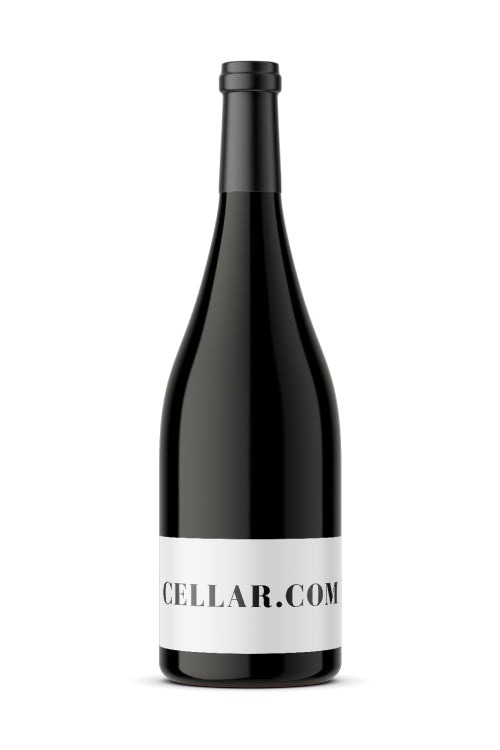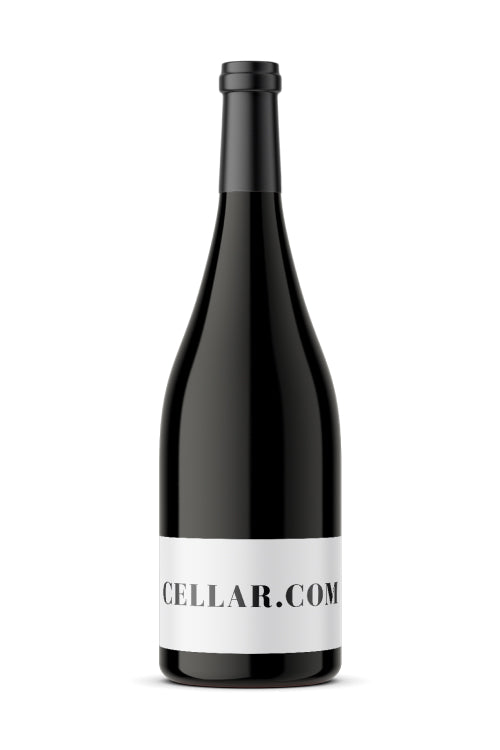1
/
of
1
Quinta do Noval Silval Vintage Port - 2003 (750ml)
Quinta do Noval Silval Vintage Port - 2003 (750ml)
Regular price
$49.99
Sale price
$49.99
Regular price
$59.99
Unit price
/
per
The 2003 Quinta do Noval Silval Vintage Port is the second label vintage port from the renowned Quinta do Noval estate. While it is designed to be more accessible when young compared to the main vintage, it still offers significant complexity and aging potential.
"The second label of Quinta do Noval is a more open Port than its big brother. Its stalky character, dark fruits and considerable acidity come together well, leaving a dry but fresh aftertaste. Imported by William Grant USA." — Roger Voss, Wine Enthusiast
Availability:
4 In Stock
$25 Shipping on Orders +$299
Couldn't load pickup availability
Share :

- varietal
- Region
- Sub - Region
- Type
- Reviews
There are over 80 grape varieties grown in the Douro valley. Most are old vines jumbled together within the same vineyards and are indistinguishable from one another. There are however, five varieties acknowledged as having best adapted to the region and which make the finest Port. Listed in order, from the most popular to the least, they are: - Touriga Franca, Tinta Roriz (Tempranillo), Tinta Barroca, Touriga Nacional (considered the finest), and Tinto Cão.
Port is a fortified wine originally produced in the Douro Valley in Portugal. The name is an Anglicized form of the town Oporto, where the wine is aged and from where it is shipped. The discovery of this style is credited to English wine merchants and shippers who were seeking new sources of wine during 17th century trade disputes with France. Because the wine is fortified with grape brandy, which stops the fermentation process and raises the alcohol content, it could be shipped back to England or any outpost of the empire unspoiled. Even in the 21st century British producers still dominate the industry, in particular the Taylor Fladgate partnership and the Symingtons, whose holdings include Graham, Warre, Dow, and Smith Woodhouse. Although producers in a number of New World countries, including Australia, South Africa and California have replicated the Port style, the traditional defined area within the Douro valley still produces the vast majority of Port on the world market. Ports are divided into two broad types, cask-aged and bottle-aged. Within the bottle-aged category there are two different styles. Ruby, intended for early consumption and generally the least expensive, and Vintage Port which are aged for a short time in oak (2 to 3 years) are then aged for a significant time in bottle (10 to 30+ years). There is also Single Quinta, which is generally made in non vintage years from the port houses single estate vineyards. Cask-aged Ports such as Tawny, Colheita (Tawnies from a single year) and LBVs (Late bottle vintages) do their maturing prior bottling so are ready to be consumed straightaway and do not develop further in the bottle. Although Port is normally reserved for special occasions and often consumed alongside Stilton, the use of different styles has often been neglected. White port can be a great component in cocktails and is becoming increasingly popular. Tawny ports also make a great Summer drink, often preferred by locals in the sun baked Douro valley, either as an aperitif or accompaniment to dried fruits and nuts as well as pastries.
NULL
Red wine is wine made from dark-coloured grape varieties. The color of red differs based on the grapes variety or varieties used.Interestingly, black grapes yield a juice that is greenish-white. The actual red color comes from anthocyan pigments (also called anthocyanins) from the skin of the grape (exceptions are the relatively uncommon teinturier varieties, which produce a red colored juice). Most of the production centers around the extraction of color and flavor from the grape skin.


